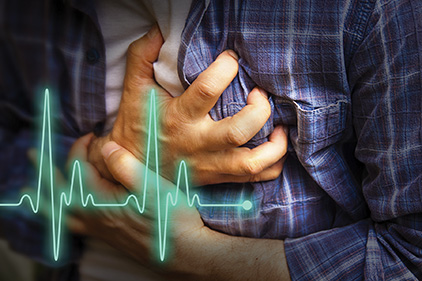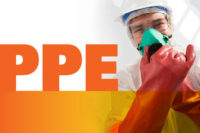Public misperceptions about AEDs
You can find AEDs in many public places, so you’ve no doubt walked by at least one at a mall, hotel, sports arena, or elsewhere. Most of us have also seen the AED in action in movies and on TV, with the patient’s chest and back arching dramatically off the ground as the device delivers a powerful shock. Often it’s that high-voltage image that’s in the back of someone’s mind when they see an AED, prompting many to say “no thanks” when it comes to being the bystander who actually pushes that button.
To clear up any confusion, here is a straight-to-the-point overview of some common misconceptions about AEDs. A group of dedicated emergency care instructors in Scotland have organized a campaign to increase the prevalence of public AEDs, and they offer the following list of misperceptions about these devices on their website “AEDs in Scotland”:
FALSE — An AED can shock someone by accident
In actuality, an AED will only deliver a shock in the presence of certain heart rhythms. If someone is touching the casualty, the connection that is created will be detected by the AED and it will not shock until there is no movement.
FALSE — AEDs are difficult to use & should only be used by professionals
Because of the wide variety of situations in which it will typically be used, the AED is designed for just that purpose — for use by the public, even if it’s an untrained bystander — by including multiple safeguards and specific voice prompts before any energy is released allowing anyone to operate the AED.
FALSE — When you shock someone they flail about and jump
Though this visual may be seen on TV, it isn’t terribly realistic, which is important to note as lay rescuers sometimes delay giving a shock to someone because of this perception. When someone is shocked by an AED, there may be a very slight shoulder shrug or a little movement, but the arms and legs will not shoot up.
FALSE — Fully automatic AEDs are dangerous
A fully automatic AED does not require anyone to press a button, bypassing the “point of no return” moment of hesitation. Again, just as with the standard “push button” version, the device will not deliver the charge unless indicated by the patient’s heart rhythm.
FALSE — We don’t need AEDs; just call an ambulance
While we rightly praise the heroes in the EMS world for all the amazing things they do, we all know that sometimes, they just can’t get to the emergency scene fast enough. Remember, chances of survival drop 10 percent for every minute that passes before cardiac rhythm is restored. Every minute spent waiting for an ambulance counts, and the sooner that AED is attached and readied, the better the victim’s chances.
Take the mystery out of AEDs in the workplace
By adding an early defibrillation program at your workplace, you make a significant commitment to the health and safety of your employees, customers and vendors, and it’s easier to implement a program than you might think. There are AED management services available to help you establish and maintain your program, provide medical oversight by a physician or other authorized medical practitioner, and help you offer responder training in CPR, AED and first aid.
A good emergency care training class will help eliminate those common AED misperceptions. All it takes is some knowledge and a little practice. Responders trained to use AED technology through practicing with an AED training unit in a real-life scenario drill exercise will have more confidence to respond quickly and effectively during an emergency situation. During training, your employees get a chance to practice applying the pads, clearing onlookers away from the patient, following the voice prompts of the unit, and pushing the activation button at the time indicated by the device.
Many emergency care classes include an AED component as part of their curriculum. Be sure your team gets a chance to learn to use these simple devices.
Managing your AEDs
Just like other sophisticated pieces of equipment, an AED requires care and maintenance to function properly. An AED management program can help ensure employees know where an AED is located in your workplace, as well as keep devices ready to use by tracking scheduled battery checks and training reminders.
Often, a Web-based learning management system is the tool of choice for overseeing an AED program. Automatic reminders and reporting functionality mean your program manager can set your company up for AED success without spending hours of his or her own time administering every aspect manually.
It’s all about saving lives
If you have an AED in your workplace or are considering adding one, keep your investment in good working order with strong program oversight and ensure that your employees know the facts about the proper function and use of an AED device. Should an emergency strike, it could help save a life.
References
Durkin, Erin. “Longer 911 Response Times Bring Dismay to Pols at City Council.” NY Daily News. NYDailyNews.com, 4 Mar. 2014. Web. 27 Oct. 2014.
Health & Safety Institute. AED Training and Program Management. Eugene: Health & Safety Institute, 2013. Print.
“Misconceptions About AEDs.” AEDs in Scotland. AEDs in Scotland, n.d. Web. 23 Oct. 2014.





